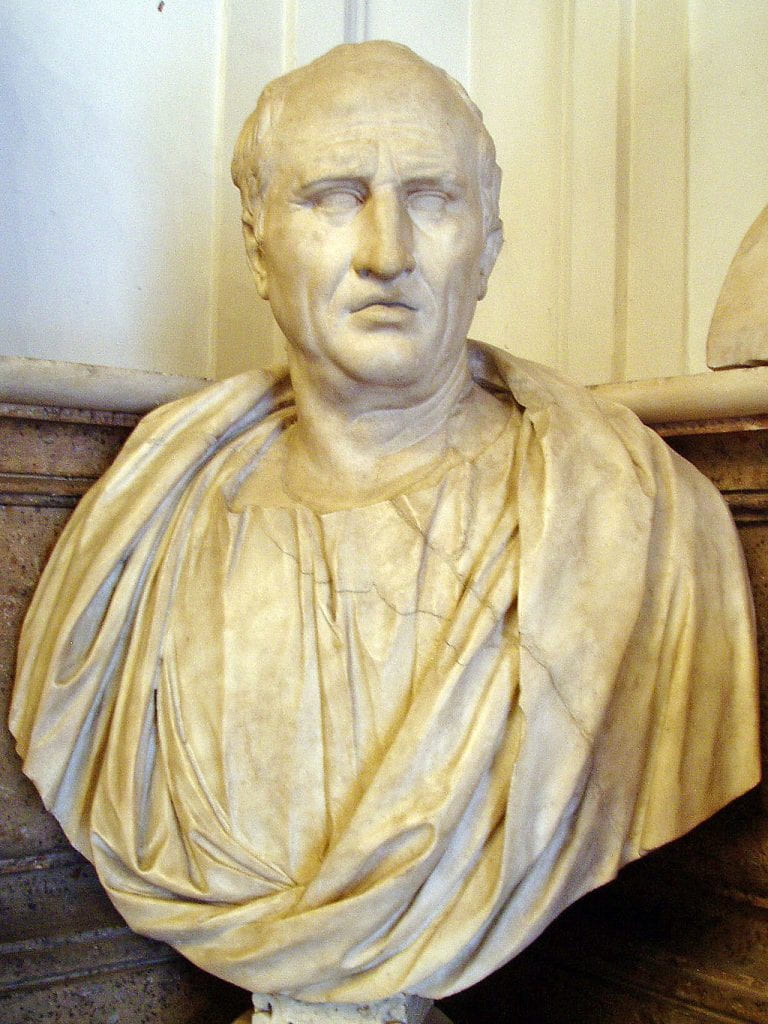
Adam Smith and Thomas Hobbes are not usually mentioned in the same sentence together, much less positively. But this is a key line of argument in Joseph Crospey’s book, Polity and Economy, which subtly examines and points out the links between the two canonical thinkers.1 Crospey, a student of Leo Strauss, and later co-editor with Strauss of their edition of the History of Political Philosophy, wrote the book early in his academic career, and although he added a mini-biography of Smith in a later edition, did not change the first four chapters that comprise this deep-reaching analysis of Smith.
Continue reading “Adam Smith’s Hidden Debt to Thomas Hobbes”
- Joseph Crospey, Polity and Economy: An Interpretation of the Principles of Adam Smith (The Hague: Martinus Nijhoff, 1957). ↩
